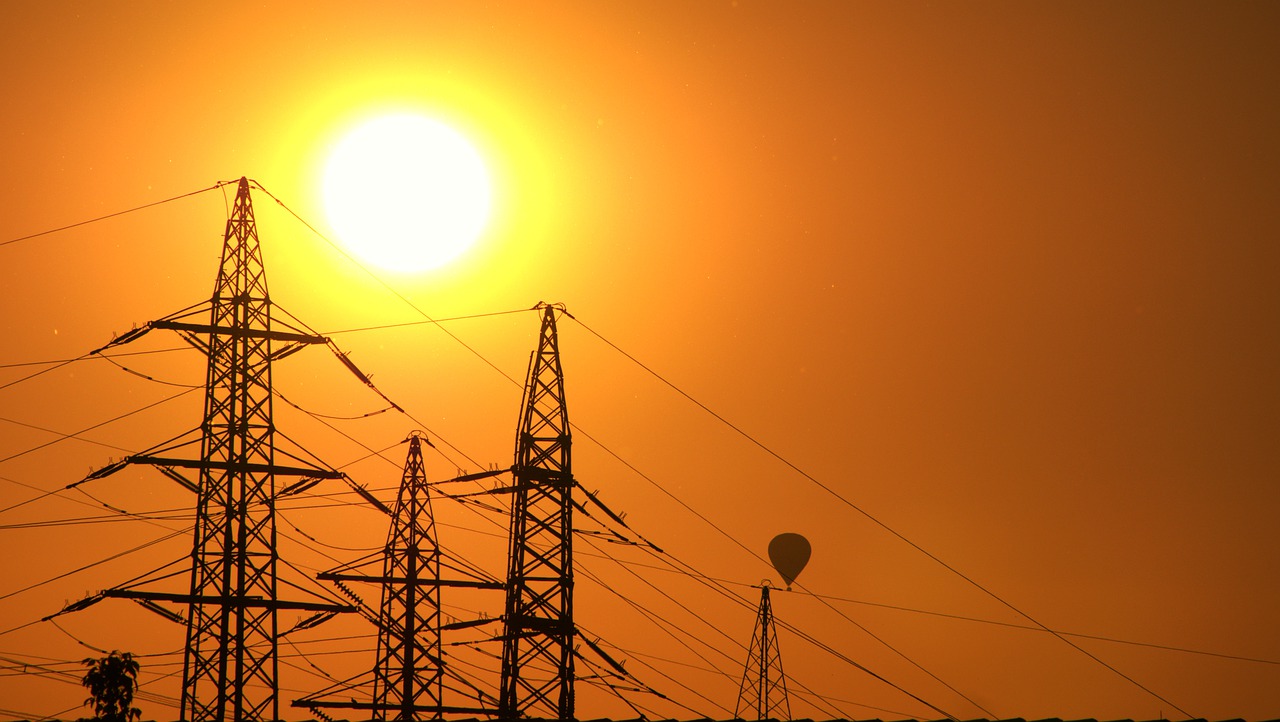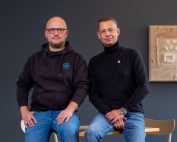The rapidly growing offshore wind energy industry requires appropriate and professional training of personnel. The Baltic Sea is one of the regions where wind farm development is gaining momentum. What is the role of the training and skills acquisition process for people working in the wind industry? Alex Øbell Nielsen, Head of Business Development at Maersk Training, answers our questions during the Electric City 2021 in Copenhagen.
Maersk Training works closely with the industry like the turbine manufacturers and owners of the wind farms.
‘We also work closely with local communities in ensuring that once you set up offshore wind farms in the Baltic region, or you expand of course, it’s the objective to hire locals to work on these wind farms. As a training provider we want to make sure that they have the skills and competence to work safely on both onshore and offshore wind farms”, he says.
For Maersk Training as a training provider it’s all about improving competencies so technicians work safely and efficiently on wind farms. Being the best possible training provider is to work closely with the industry, because the OEMs and the owners of wind farms have extensive knowledge of the risks that their technicians are facing when they work on turbines and they want to mitigate those risks through training.
“I think it’s important for a new industry how you transition your workforce. If the wind industry is new to certain countries in the Baltic region, how do you make sure that these skilled laborers can be electricians or welders or technicians? How do you move them from any type of industry, oil and gas or maritime? How can you transition them into the renewable industry, to the wind industry? One way is of course through GWO training that provides you with the basic safety and the basic technical training, but there is a big demand for community colleges and colleges and high schools to be involved in this as well, because the type of training we deliver, the safety and the technical training is just a small part of what is required”, Nielsen said.
Training providers and companies and developers in the offshore wind sector can join forces in training staff.
“I’m sure these owners and operators have their own training programs of course, but combined with training providers, such as mass training or other, is a good combination of transitioning this workforce into the offshore and onshore wind industry”, he said.
Alex Øbell Nielsen said that he doesn’t know the full picture of this workforce development.
“We provide a small part of the skills and competencies required. So, that is for the owners of these wind farms to answer. How many people do they need? What type of skills do they need? How can they upskill them to work in the industry? We don’t know all that”.
Some of the people who currently work in the offshore oil and gas sector will be key to the development of offshore wind energy. The key is to re-skill them.
“As an example here in Denmark with the port of Esbjerg that used to be a big fishing hub. It’s been a big oil and gas hub for many years, supporting the oil and gas for Denmark in the North Sea. Now you see that transition into an offshore wind hub. It’s done that over many years. So, it can be a part of the workforce if you transition from oil and gas into the offshore wind industry in particular. Many of the risks that they are facing, like the safety risks, are similar. There are different training standards if you’re in oil and gas, or in maritime or oil and gas versus renewables. There can be different training standards, but some of them are very similar and us as a training provider, and I’m sure other training providers, support both the wind industry, maritime industry, and the oil and gas industry. So that makes good sense for us as a training provider”, says the Head of Business Development at Maersk Training.
What about floating offshore wind farms? In Nielsen’s opinion, the GWO standard also applies to floating. There may be new GWO training standards coming towards floating that constantly develops.
Editor: Patrycja Rapacka













